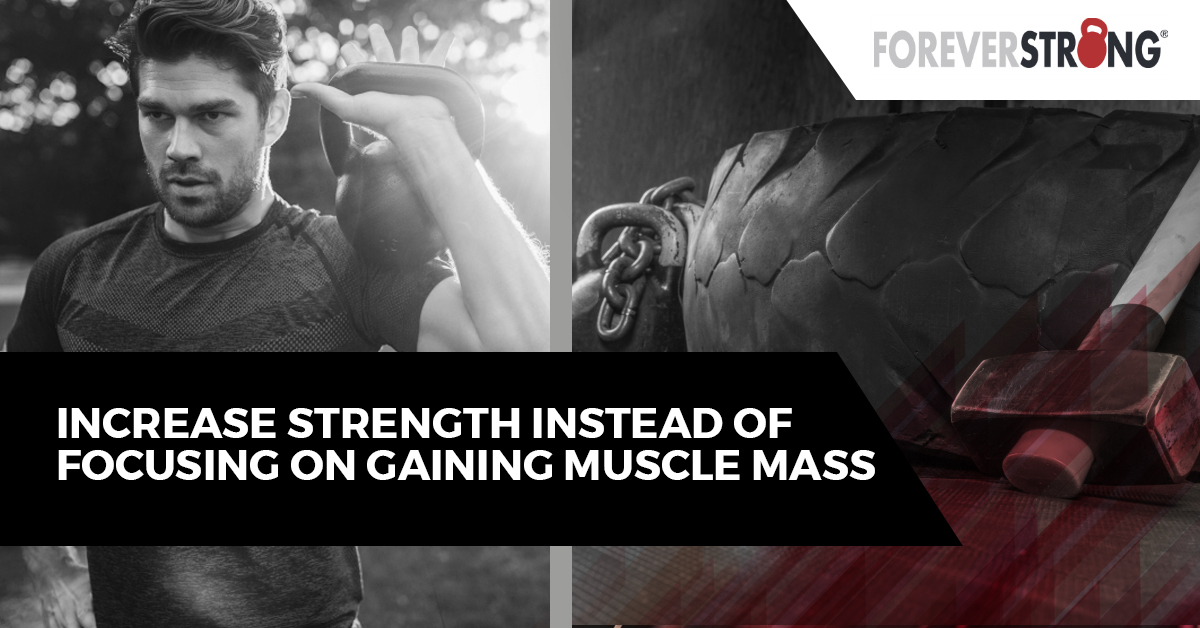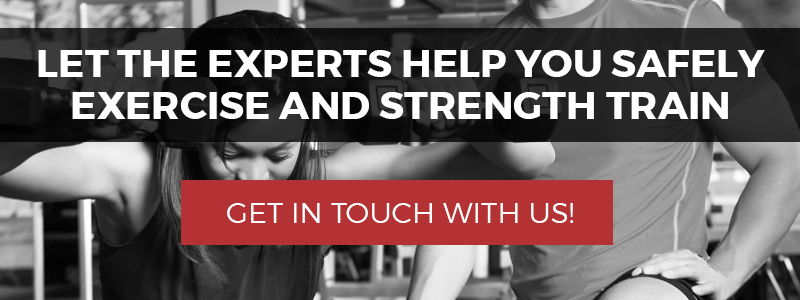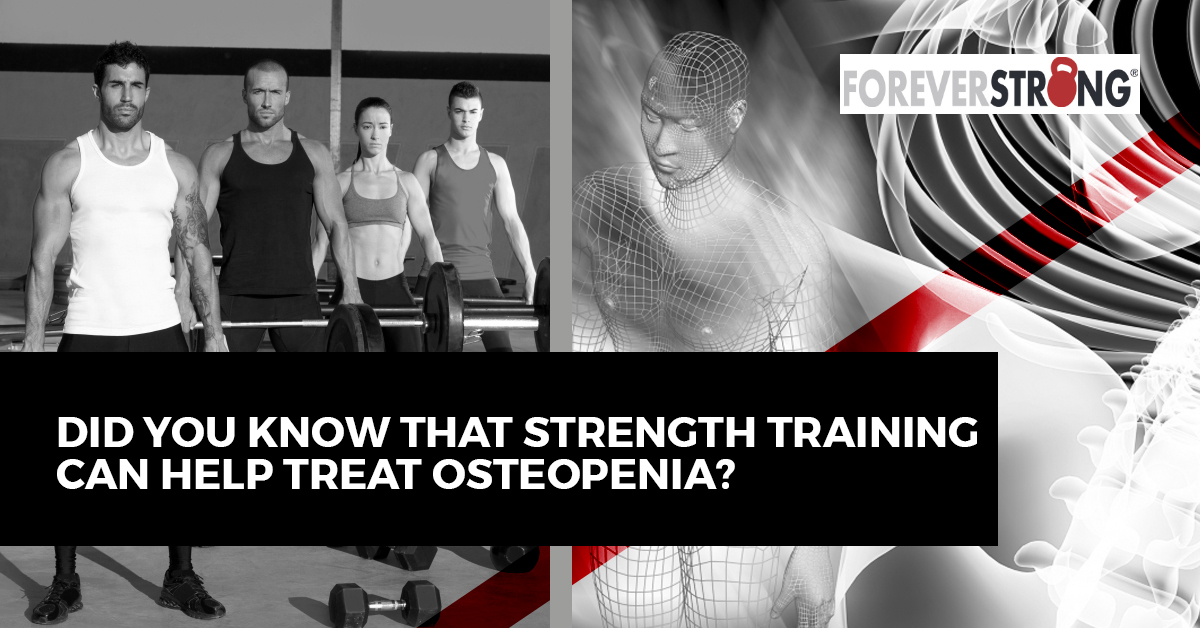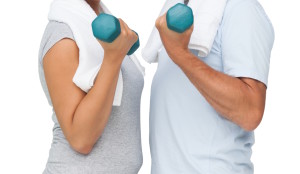Enhance Your Whole Body Health with Core Strength
Improving Core Strength has so many great benefits for your health! Great abs look good and building your core will contribute to your body’s overall strength and endurance, as well as balance and coordination. Strong core muscles allow your
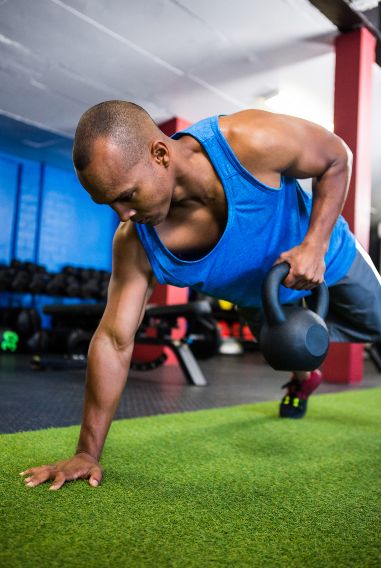 spine to bear more weight which decrease your chances of injury while participating in sports or doing daily tasks. This leads to less lower back pain, which is something we love! And core strength helps keep other muscle groups from getting weak because of overcompensating for disengaged core muscles.
spine to bear more weight which decrease your chances of injury while participating in sports or doing daily tasks. This leads to less lower back pain, which is something we love! And core strength helps keep other muscle groups from getting weak because of overcompensating for disengaged core muscles.
The Safest Way to Strengthen Your Core
While many exercises will strengthen your core, some are more or less likely to cause injury than others. The safest and most effective types of exercises that strengthen the core muscles are Isometric Exercises. Isometric training lowers the chance of injury which will keep you moving your body and building your overall fitness level. These types of movements also increase your core strength quickly and effectively.
Some examples of Isometric core strength building exercises include the Curl Up, RKC or Hardstyle Plank, Pallof press, Bird-dog or cross-crawl, Dead bug. Check out the videos at the end of this article for a demonstration.
On the other hand, popular Exercises to Avoid are those that require repeated flexion and extension of the spine – especially with load. Crunches, Russian Twists, Abdominal Side Bend, Decline Sit Ups, Back Extension. There is a high risk of herniation with these exercises*.
8-Week Core Strength Program begins February 4, 2018
Dr. Wiji Jones of Morrison Chiropractic in Clarksville, MD demonstrates proper form for the following Isometric Core Strength Training Exercises:
Hard Style Plank, Bird Dog, and Side Plank
Torsional Buttress
Suitcase Hold, Stir the Pot, Inverted Row, Rack Walk, and Palloff Press
*Research References:
Effect of Long-Term Isometric Training on Core/Torso Stiffness; Lee, McGill,
2015.
Intervertebral disc herniation: studies on a porcine model exposed to highly repetitive flexion/extension motion with compressive force; Callahan, McGill 2001
